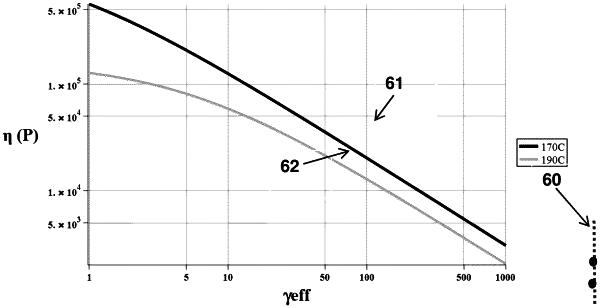| CPC G07F 17/34 (2013.01) [B29C 43/24 (2013.01); C08J 5/18 (2013.01); C08K 5/0016 (2013.01); C08L 1/12 (2013.01); C08L 1/14 (2013.01); G07F 17/3209 (2013.01); G07F 17/3213 (2013.01); G07F 17/3267 (2013.01); B29K 2001/12 (2013.01); C08J 2301/12 (2013.01); C08J 2301/14 (2013.01)] | 6 Claims |

|
1. A composition for calendering comprising
(a) a cellulose ester comprising
(i) a plurality of (C2-5)alkanoyl substituents; and
(ii) a plurality of hydroxyl substituents,
wherein the degree of substitution of the hydroxyl substituent (“DSOH”) is in the range of from 0.3 to 1.0;
(b) a plasticizer;
(c) a roll release agent; and
(d) a processing aid,
wherein the plasticizer is present in the composition in the range of from 15.0 wt % to 30.0 wt % based on the total weight of the composition,
wherein the roll release agent is present in the composition in the range of from 0.1 wt % to 2.0 wt % based on the total weight of the composition,
wherein the processing aid is present in the composition in the range of from 0.5 wt % to 6.0 wt % based on the total weight of the composition,
wherein the cellulose ester has a glass transition temperature from 80° C. to 200° C.,
wherein the percent crystallinity of the cellulose ester obtained from a second heat cycle is less than 20.0 wt %, wherein the percent crystallinity from the second heat cycle is obtained according to ASTM D3418 assuming an enthalpy of melting of 14 cal/g for the cellulose esters, and
wherein the composition has a melt viscosity according to ASTM 3835 in the range of from 1000 Poise to 5000 Poise at a temperature of 190° C. and a shear rate of 628 s−1.
|